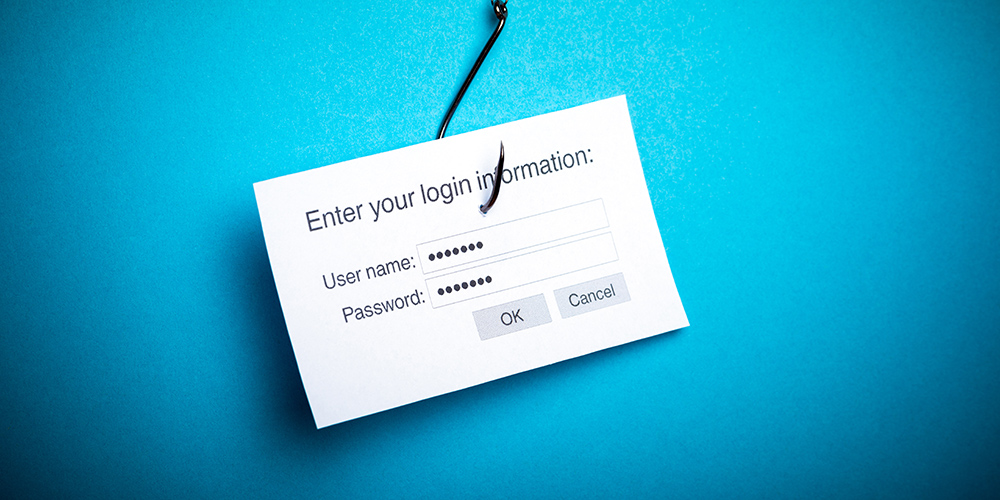Cyber attacks, including phishing attacks, seem to always be in the news these days. Ransomware, malware, data breaches, all are on the rise, with several high-profile attacks in recent years. Even more recently, the failure of the Silicon Valley Bank might promote spoofed bank websites and bank communications as attempts to gain access to company networks and personally identifiable information. Read on to learn more about the dangers of phishing attacks as well as how to recognize and prevent them.
The Consequences of Phishing
According to a 2021 CISCO report, many cyber attacks happen by way of fraudulent emails (and sometimes texts) wherein malicious actors masquerade as legitimate individuals or entities to get confidential information or to infect networks with malware. The sender of the email seems to be a legitimate sender, perhaps from a well-known company, or business the company has interacted with before. They may include an attachment appearing to be a PDF, or a URL in the body of the email.
According to CISCO, nearly 90% of data breaches stem from phishing attacks, the majority of these attacks coming via email. Losses from these attacks are expected to reach $10.5 trillion by 2025–and the losses are not only financial. In addition to penalties for failing to comply with data protection regulations and loss of money through theft, reputational loss is a serious consequence.
People’s dependence on technology for conveniences like e-commerce and gathering information online makes it easier for phishers to craft an email that appears genuine. How do you recognize what a phishing email looks like, and train your workers to identify one as well?
Training and Awareness Help Prevent Phishing Success
How do you know an email is genuine? What characteristics show that an email is a possible phishing attack? Through training in recognizing a phishing email, your workers will know how to deal with one. An urgent call to action is one trait, along with typographical and spelling errors in the body of the email. There may be differences between the sender’s email in the header versus the body of the email. Training can be academic, through the use of documents and infographics, short videos and meetings.
Practice and Test Security Awareness
Another facet of training is practice, which can happen through phishing attack simulations designed to test knowledge. The results can then be used to target future training. It is best to conduct training on a regular basis; consider doing academic training quarterly and performing simulations spontaneously, to help keep the material fresh in everyone’s mind.
With training and practice, your company can easily and quickly recognize phishing emails and avoid the losses associated with attacks. For further assistance, contact your trusted technology advisor today.

